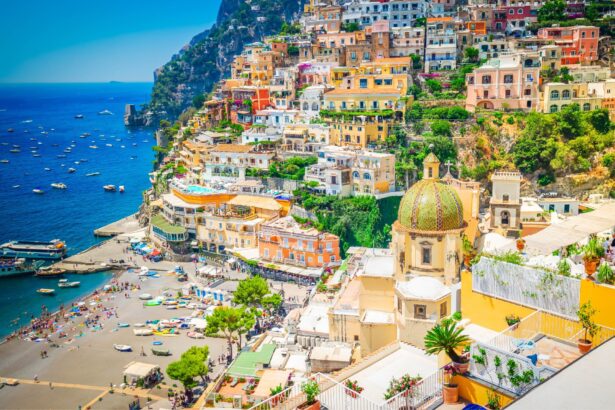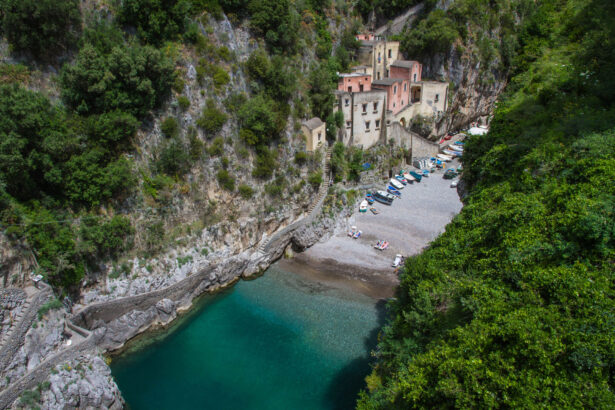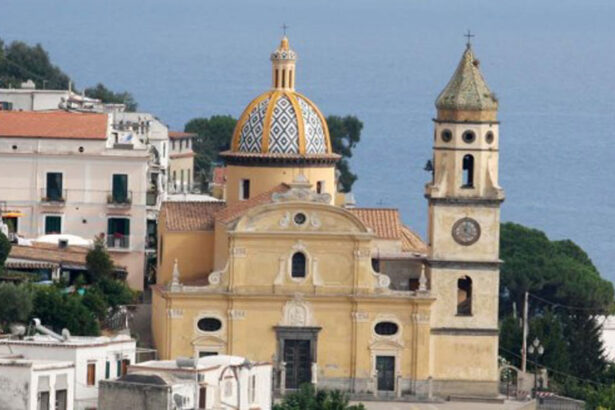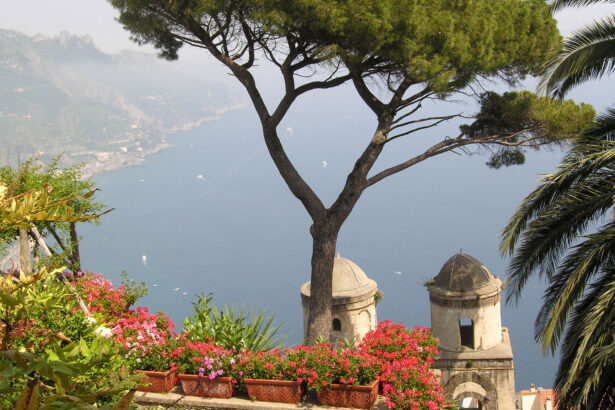Many old legends tell of the founding of the Amalfi Coast, which underwent many different vicissitude but always guided by fliexible divine or higher will. All these legends date the town back ro roman times and are confirmed by recent archaeological finds from the age of late imperial Rome.Critical analysis of these finds shows that the Amalfi coast was settled around the fifth century AD when the Germanic tribes invaded the plain of Campania .The refugees from the Roman townships thet were now at the mercy of the barbarianstook refuge in the Monti Lattari.It was here that they founded the fist villages and in particular Scala. Then the refugees moved down to the valley and boult the towns of Amalfi and Atrani. They started to travel by sea and built up intense trade with North Africa and the Middle East.
However, at the beginning of the roman empire the nobiles of the senatorial class began to build patrician villas along the cosat anfd hills because the emperor Tiberius had decided to live more or less permanently on the island of Capri. These villas were located in the island of Gallo Lungo, Positano, Minori and Tramonti.
From 839 to 1131 the Amalfi coast , which corresponds to the present day Amalfi Coast and the island of Capri and part of the area around the Vesuvius, became a self governing republic. This territory not only included the coast from Cetara to Positano but also the chain of the Monti Lattari. This land was well protected by an intricate network of castle and towers. These fortifications date back to different periods and were built for different purposes..The castle were the oldest type of fortification and go bach to the time of the indipendent republic ( 839-1131). they werer mostly distribuited on the hights peaks in the areas of Stabia, Scala, Ravello and Tramonti. there was and another line of fortresses half way down the coast which mainly provided refuge for the populations of the costal areas in the event of attacks from the sea.
The maritime towns of the Amalfi Coast republic still have traces of an architecture that was influnced by the Arabs and Byzantium. We call thi style “maritime” because it is closely connected with maritime activities. The most strikingexample of this architecture is without doubt the Amalfi dockyard. This is a medieval shipyard in which the war galleys were built.
The layout and architecture of the four main civitates of the maritime duchy, Amalfi, Atrani, Ravello and Scala. were dominated by dwelling of the aristocracy that political and ecclesiastical power and ran the economy.These dwellings were up to five storeys in height and had sloper or dome-shaped roofs.They comprised an entrance hall porticoes and colonnades, a main hall with a large fireplace, and a kitchen on the last floor. On the outside walls there were WCs with terracotta pipes that drained into rivers or the sea.Importanto remain of other dwellings can also be seen in Vagliendola district, those of Via Pietro Capuano and around the Piazze del Municipio square in Amalfi, The palazzi in Ravello belonging to the Rufolo, Confalone families and others…
The religious faith of the people is not reflected in the territory of the medieval duchy, but also in the overseas coloniens in byzantium, Antioch and Jerusal where many Beneditine monasteries were founded by people form Amalfi.Some of the Benedidtine monasteries in Amalfi Coast still etain fine fresco cycle from High Middle Ages, most of each show Byzantine influences. Cistercian and Franciscan monasteries were were founded between the thirteenth and fifteenth centuries at Amalfi , Ravello, Maiori, Tramonti and Cetara.




